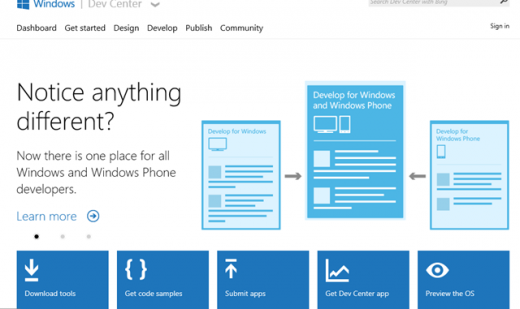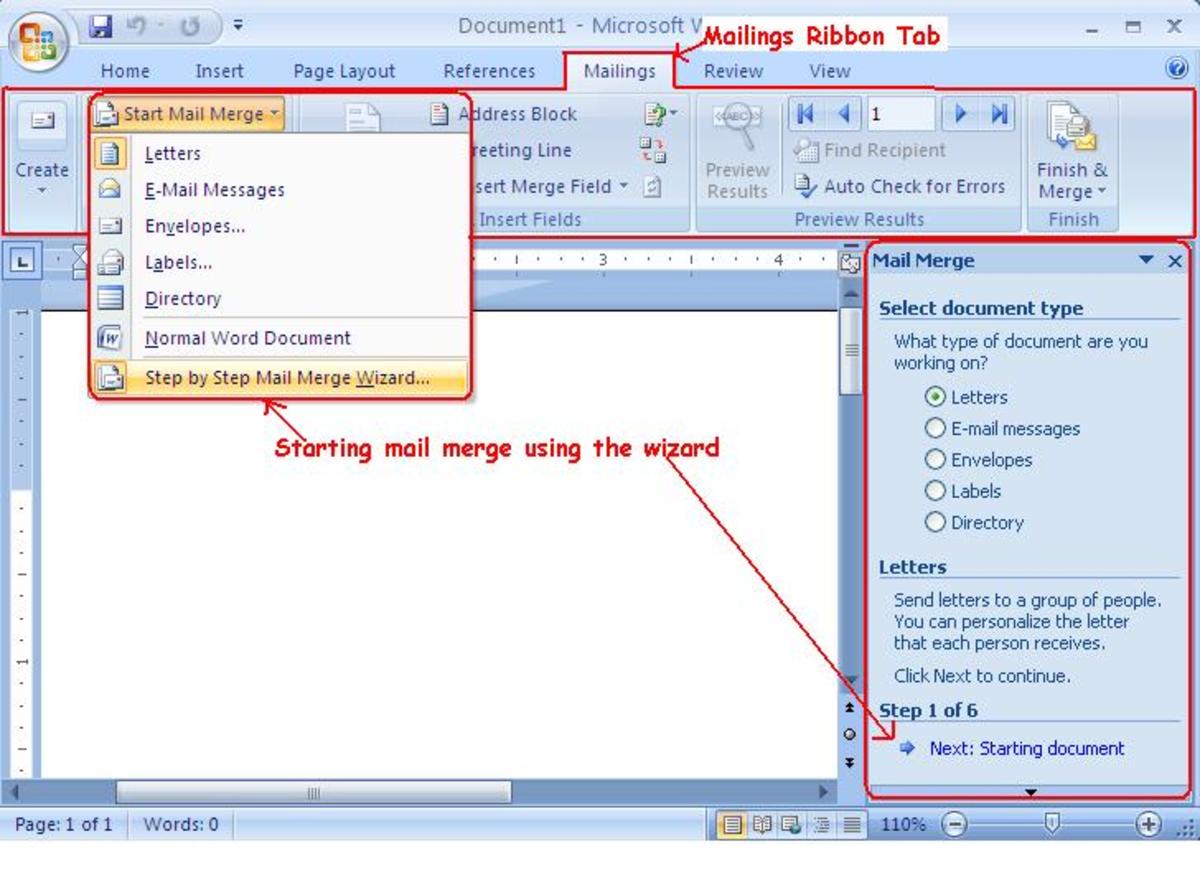

In addition, the file system supports sharing the storage across devices providing load balancing and fault tolerance.ĭata integrity allows ReFS to verify and correct data and metadata on demand (without restarting the computer) in the event of corruption. High availability means that the file system can isolate the section of the partition with problems while offering continuous access to the rest of the data in the event of corruption. Some of the features not available on ReFS include named streams, object IDs, extended attributes, file-level encryption, compression, sparse, hard links, quotas, and short names. Some of the features from NTFS available in ReFS include BitLocker, mount points, junction points, security, USN journal, volume snapshots, symbolic links, file IDs, change notifications, and oplocks. This also means that the data stored on a ReFS volume can be accessed by any other operating system supporting access to NTFS volumes. When Microsoft developed the file system, the company focused on several key points: compatibility, high availability, data integrity, resiliency, and scalability.Ĭompatibility is important to maintain support with the NTFS features since this file system will be around for the foreseeable future. One of the main benefits of the new file system is that it can handle a large amount of data. ReFS is a new file system technology based on NTFS designed to overcome the limitations of the legacy file system.
#Merges absolutely merges support microsoft ntfs windows
Here’s the difference between NTFS and ReFS on Windows 11.


This guide will briefly compare ReFS and NTFS for the desktop version of Windows. For this and other reasons, Microsoft has been working on ReFS to replace it. Similar to previous versions, Windows 11 continues to use the NT File System (NTFS), which was first introduced in 1993 as part of the Windows NT 3.1 release, and even today, it’s still the most popular around.Īlthough NTFS has been offering many features to manage data on a partition, such as reliability, performance, and others that aren’t available in other file systems, this technology has been around for many years and is not ready for many of today’s requirements. Although ReFS has been around for many years (since Windows 8), the technology has been available for secondary drives, and it isn’t until the most recent previews of Windows 11 that the company begins to push ReFS as the file system for the bootable partition of the operating system.Ī file system is a technology that manages how data is stored and retrieved from the partition. Microsoft is almost ready to bring the Resilient File System (ReFS) to Windows 11 (or 12).


 0 kommentar(er)
0 kommentar(er)
